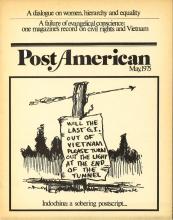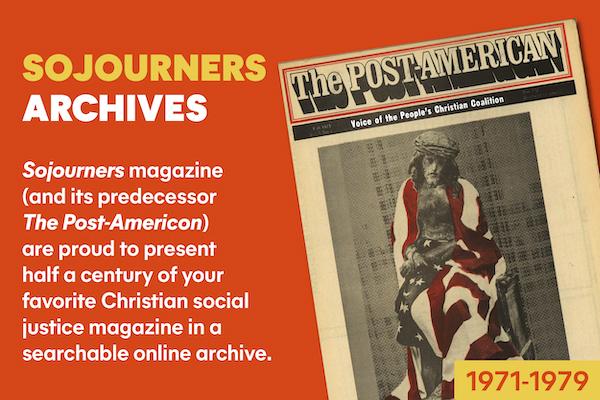Part I: "A Traditionalist View," by Thomas Howard (followed by Part II: "An Egalitarian View," by Donald W. Dayton)
The liberation fat is on the fire, and most of us suspect that we are facing either an epochal breakthrough from ancient tyrannies or the imminent dismantling of the divine order.
That, in any case, is the choice we have, if we listen to the rhetoric used by the two sides in the discussion. On the one hand we hear that the Church has, for 2,000 years, meekly (if not brutally) accepted a thoroughly unbiblical status quo, namely, the subordination of women to men; whereas the authentically biblical message is of the liberation of all of us from all the tyrannies of class, race, and sex categories. Jesus was, if we pay attention to him, a feminist; and St. Paul, although he is the favorite of the chauvinists, can be seen on a close reading of his works to have been on the side of liberation. His strictures on women at home and in the church are local and ad hoc, not principal. Further, the biblical account of creation gives no comfort to the male supremacists, speaking as it does of humanity, the crown of creation, as appearing splendidly under this dual modality of feminine/masculine, the two modalities bearing equally the image of God.
Read the Full Article

